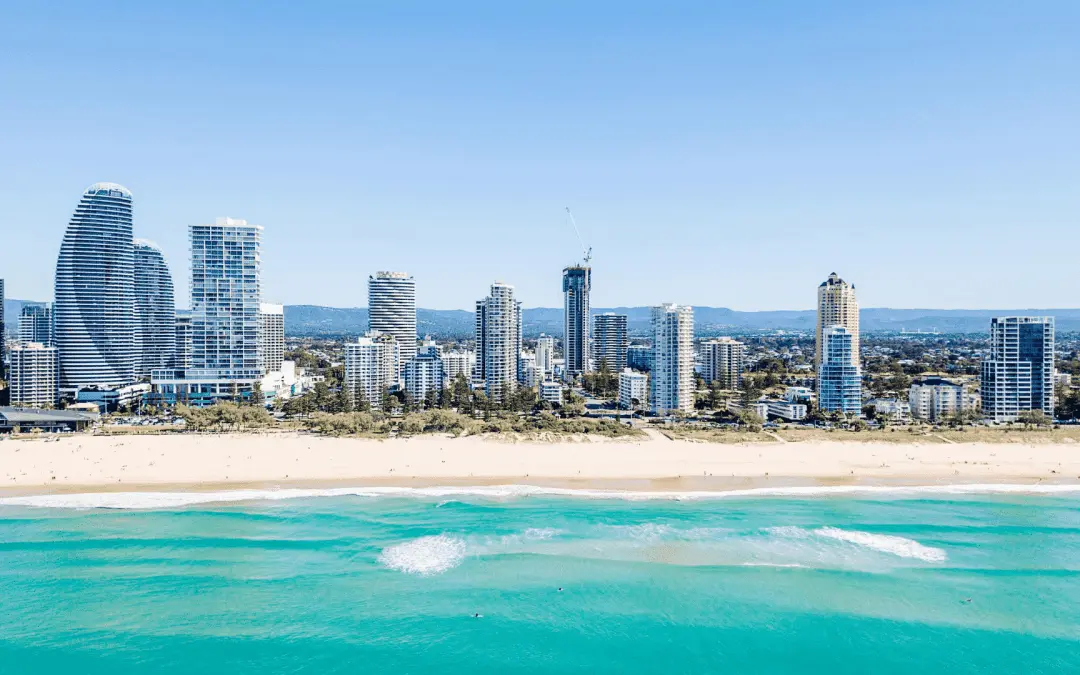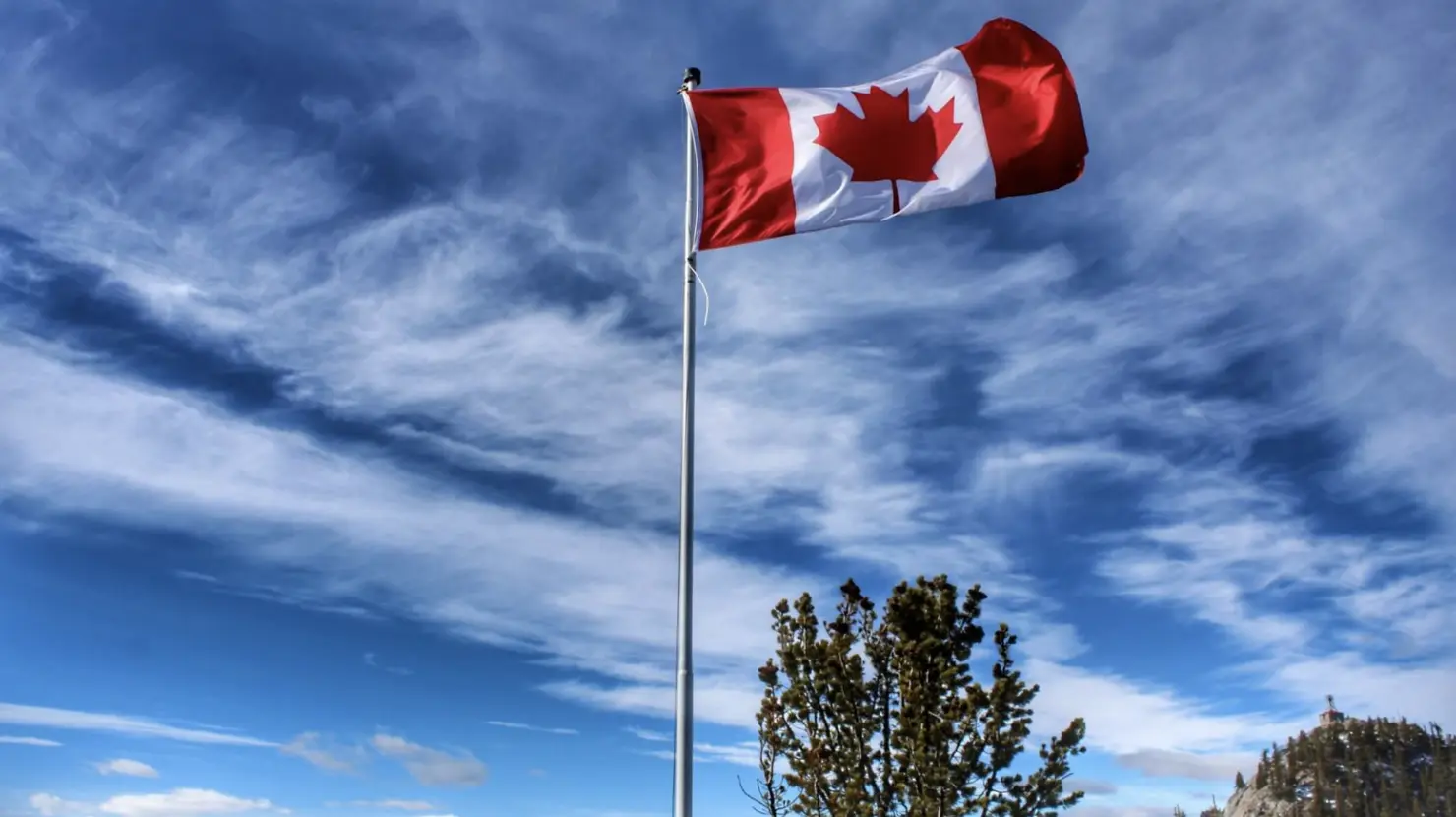Visa Sponsoredship
$90,000 U.S. Visa Sponsorship Opportunities in 2024/2025 Apply Now
By
Discover High-Paying Jobs in the U.S. with Visa Sponsorship
Unlock the door to a brighter future in the United States with the 2024/2025 USA Visa Sponsorship Opportunities! As the demand for highly skilled workers, talented students, and innovative entrepreneurs continues to rise, American companies are offering a record number of visa sponsorships in 2024/2025.
Whether you’re seeking H1B visa sponsorship, L1 visa sponsorship, or another type of visa sponsorship, this is your chance to secure a spot in the land of opportunity. In this article, we’ll explore the latest USA visa sponsorship opportunities, requirements, and application processes, helping you navigate the path to success in the United States.
Grant Application
What is Visa Sponsorship?
Visa sponsorship is a process where a U.S.-based employer or organization sponsors a foreign national’s visa application, allowing them to temporarily live and work in the United States. The sponsor guarantees the individual’s compliance with visa regulations and ensures they return to their home country upon completion of their authorized stay.
Visa sponsorship can include various types of visas, such as:
- Work visas (e.g., H-1B in the United States)
- Study visas (e.g., F-1 in the United States)
- Family visas (e.g., K-1 fiancé(e) visa in the United States)
- Visitor visas (e.g., B2 in the United States)
The specific requirements and processes for visa sponsorship vary depending on the country and type of visa.
U.S VISA Sponsorship Types
The U.S. immigration system offers various visa options that can lead to sponsored positions exceeding $90,000 annually. Here, we’ll delve into the most common pathways:
H-1B Visa: This coveted visa caters to specialty occupations requiring a bachelor’s degree or higher in the relevant field. Software engineers, data scientists, and researchers are prime examples. However, securing an H-1B visa can be competitive, with a quota system in place.
O-1 Visa: This visa is ideal for individuals with extraordinary ability in fields like sciences, arts, education, business, or athletics. It often applies to individuals with a proven track record of achievements and international recognition.
L-1 Visa: This visa is perfect for intra-company transfers, allowing multinational companies to relocate employees with specialized knowledge to their U.S. branches. This can be a suitable option for professionals with extensive experience within a multinational organization.
EB-2 (Employment-Based Second Preference) Visa: This visa caters to advanced degree professionals (master’s degree or higher) or individuals with exceptional ability in their field of expertise. It often requires a job offer with a permanent labor certification demonstrating the employer’s effort to recruit American workers first.
Remember, eligibility requirements and application processes can vary across these visa categories. Consulting with an immigration attorney is highly recommended to determine the most suitable visa option for your specific circumstances.
Who can sponsor in the US?
In the U.S., sponsorship for work visas typically comes from employers, although there can be some exceptions. Here’s a breakdown of the main sponsor types:
Employers:
- Most Common Scenario: For most work visas leading to sponsorship opportunities exceeding $90,000, the sponsor will be a U.S. employer. This is especially true for visas like H-1B, L-1, and EB-2. These employers are willing to navigate the sponsorship process to secure your talent and expertise.
- Requirements for Employers: The employer needs to be a legitimate U.S. business and must demonstrate they’ve genuinely attempted to recruit qualified American workers before seeking foreign talent. This is often done through advertising the position and documenting the recruitment process.
Exceptions (Less Common):
- Universities/Research Institutions: For certain visas related to academic research or education, sponsorship can come from universities or research institutions.
- Individuals (EB-5 Visa): The EB-5 visa is an investment-based green card option. Here, technically, you are “self-sponsoring” by investing a significant amount of capital into a U.S. business enterprise. However, this is a less common pathway and requires a high investment amount (currently $800,000 in some targeted areas).
Benefits of visa sponsorship
The benefits of visa sponsorship include:
- Global expansion: Visa sponsorship allows companies to test new markets as they seek global expansion.
- Global mobility: Visa sponsorship enhances a company’s global workforce mobility and competitiveness in today’s world of work.
- Meeting workforce needs: Visa sponsorship allows companies to access top talent worldwide and fill specific skills, backgrounds, and knowledge they may not be able to find locally.
- Fostering cultural diversity: Employers utilizing visa sponsorship opportunities also promote cultural diversity, inclusion, and unique exchanges of ideas by hiring individuals with various backgrounds and experiences worldwide.
Who is Eligible For Visa Sponsorship?
The following individuals can be eligible for visa sponsorship:
- A UK employer that’s been approved by the Home Office
- Has a ‘certificate of sponsorship’ (CoS) from your employer with information about the role you’ve been offered in the UK
- Do a job that’s on the list of eligible occupations
- Be paid a minimum salary – how much depends on the type of work you do and the date you got your CoS
- Can speak, read, write, and understand English
- Has a confirmed job offer before applying for a visa
What Are The Visa Sponsorship Criteria for an Employer in the US?
Here are the criteria for a US employer to sponsor a foreign worker for a visa:
1. The employer must demonstrate that there are no qualified U.S. workers available for the position.
2. The employer must submit the necessary forms, supporting documents, and fees to the U.S. government.
3. The employer must demonstrate the unavailability of qualified U.S. workers.
4. The employer must provide evidence of the job offer.
5. The employer must verify the employee’s qualifications.
6. The employer must comply with labor market and recruitment requirements, depending on the visa category.
Types of U.S. Visas Sponsored by Employers
Employers in the U.S. can sponsor various visas to attract and retain skilled foreign workers. Here are some of the most common types of U.S. visas with employer sponsorship:
1. H-1B Visa:
- Purpose: Designed for workers in specialty occupations requiring a bachelor’s degree or higher in the specific field (or equivalent experience). Typical roles include software engineers, data scientists, architects, engineers, and some financial analysts.
- Sponsorship Requirements: Employers must demonstrate a genuine attempt to recruit U.S. workers before sponsoring foreign candidates. They also need to file a labor condition application (LCA) ensuring the offered salary meets prevailing wages for the position and location.
- Salary Range: H-1B visas are known for offering high salaries, often exceeding $90,000 annually depending on the occupation, location, and experience level.
2. L-1 Visa:
- Purpose: Intended for intra-company transfers of employees with specialized knowledge to a U.S. branch of the same company.
- Sponsorship Requirements: The sponsoring company must be a multinational organization with a qualifying relationship between the U.S. branch and the foreign entity. The employee must have been employed by the company abroad for at least one continuous year in a managerial, executive, or specialized knowledge position within the past three years.
- Salary Range: Salaries for L-1 visas can vary depending on the industry, position, and experience level, but they are generally competitive.
3. EB-2 (Employment-Based Second Preference) Visa:
- Purpose: Catered to professionals with advanced degrees (master’s or higher) or individuals with exceptional ability in their field. This visa often leads to permanent residency (green card).
- Sponsorship Requirements: A U.S. employer typically needs to file a labor certification demonstrating a lack of qualified U.S. workers for the position. The employer also submits a petition on behalf of the foreign worker.
- Salary Range: EB-2 visas are associated with high salaries due to the advanced degree or exceptional ability requirement. Salaries can easily surpass $90,000 annually.
4. EB-3 (Employment-Based Third Preference) Visa:
- Purpose: For skilled workers, professionals, and other workers (excluding temporary or seasonal workers). This category has several subcategories, with some requiring employer sponsorship.
- Sponsorship Requirements: Sponsorship requirements vary depending on the subcategory. Some may require a labor certification, while others might have different petition processes.
- Salary Range: Salaries for EB-3 visas can vary depending on the subcategory and occupation but are generally competitive.
5. O-1 Visa:
- Purpose: For individuals with extraordinary ability in the sciences, arts, education, business, or athletics. This visa caters to those who have reached the top of their field and can demonstrate sustained achievements and national or international recognition.
- Sponsorship Requirements: While not a traditional employer sponsorship, the O-1 visa might involve petitions from relevant organizations, institutions, or established individuals within the applicant’s field of expertise. Employers can also act as sponsors in some cases.
- Salary Range: O-1 visas are associated with high salaries due to the requirement of extraordinary ability. Salaries typically exceed $90,000 annually.
This list highlights some prominent employer-sponsored visas. There are other less common categories with specific requirements. Always consult with an immigration attorney to determine the most suitable visa option for your situation.
What Documents Do You Need For U.S Sponsorship?
The documents required for U.S. visa sponsorship depend on the specific visa category. However, some general documents are common across many employer-sponsored visas, and the sponsoring employer will also need to provide some paperwork. Here’s a breakdown:
For the Foreign Worker (You):
- Passport: A valid passport from your home country is essential. Ensure it has sufficient validity (usually 6 months beyond your intended stay in the U.S.)
- Curriculum Vitae (CV) or Resume: A well-crafted CV or resume showcasing your education, work experience, skills, and achievements relevant to the sponsored position.
- Educational Credentials: Copies of diplomas, degrees, transcripts, or certificates to verify your educational qualifications.
- Proof of Work Experience: Employment verification letters from previous employers or documentation of self-employment (if applicable).
- Professional Licenses or Certifications: Copies of any relevant professional licenses or certifications required for the occupation.
- Evidence of Extraordinary Ability (O-1 Visa Only): For O-1 visa applicants, a comprehensive portfolio showcasing awards, recognition, documented achievements, and evidence of your extraordinary ability in your field.
For the Sponsoring Employer:
- Labor Condition Application (LCA) (H-1B Visa): A document filed with the Department of Labor demonstrating the offered wage meets the prevailing wage for the position and location.
- Permanent Labor Certification (EB-2 Visa – some cases): A document obtained through the Department of Labor verifying the employer’s attempt to recruit qualified U.S. workers and the lack of available American workers for the position (applicable in some EB-2 cases).
- Petition Packages: The sponsoring employer will file petitions on behalf of the foreign worker with the U.S. Citizenship and Immigration Services (USCIS) depending on the specific visa category.
Additional Documents:
- Financial Documentation: Depending on the visa category, proof of sufficient financial resources to support yourself during your stay in the U.S. might be required.
- Medical Examination: You may be required to undergo a medical examination by a designated physician as part of the application process.
- Dependents (if applicable): If you plan to bring dependents (spouse and/or children), separate documentation for them, such as birth certificates and marriage certificates, will be required.
Companies Willing to Sponsor in the US
Many companies in the US sponsor foreign workers through various visa programs such as the H-1B visa. Tech companies like Google, Microsoft, and Amazon are known for sponsoring visas, but there are also opportunities in other sectors like finance, healthcare, and engineering. It’s essential to research and target companies that align with your skills and qualifications.
Here are some alternative approaches to finding companies willing to sponsor in the US:
Target High-Sponsorship Sectors:
Focus your job search on industries renowned for sponsoring foreign workers, such as:
- Technology: Software development firms, tech giants, and data science companies.
- Healthcare: Hospitals, research institutions, and healthcare providers.
- Finance: Investment banks, financial institutions, and consulting firms.
- Engineering: Companies across various engineering disciplines, especially those in emerging fields.
How to Find U.S. Visa Sponsorship Opportunities
Finding U.S. visa sponsorship opportunities requires a multi-pronged approach, focusing on industries with high sponsorship rates, utilizing targeted resources, and presenting yourself as a strong candidate. Here’s a breakdown of effective strategies:
Targeting High-Sponsorship Sectors:
- Technology: Software engineers, data scientists, and cybersecurity professionals are highly sought after, with many companies willing to sponsor H-1B visas to secure their talent.
- Healthcare: Hospitals, research institutions, and healthcare providers often sponsor doctors, nurses, researchers, and other qualified professionals on visas like H-1B or EB-2.
- Finance: Investment banks, financial institutions, and consulting firms frequently sponsor skilled professionals in areas like finance, accounting, and risk management, utilizing visas like L-1 for intra-company transfers.
- Engineering: Engineers across various disciplines, particularly those specializing in emerging fields like robotics and artificial intelligence, are in high demand and often qualify for sponsorship on visas like H-1B and EB-2.
Utilizing Resources for Sponsored Positions:
- Job Boards: Explore job boards that specifically advertise sponsored positions. Examples include:
- Indeed H-1B Visa Sponsorship Jobs: https://www.indeed.com/q-h1b-sponsorship-jobs.html
- My Visa Jobs: https://www.myvisajobs.com/
- Company Websites: Many companies with a history of sponsoring foreign workers might mention it on their careers page or within specific job postings. Look for keywords like “visa sponsorship” or “immigration support.”
- Government Resources: The U.S. Department of Labor (DOL) offers resources for employers seeking to sponsor foreign workers, which can indirectly point you toward companies with a sponsorship history: https://www.dol.gov/agencies/eta/foreign-labor
Networking and Building Connections:
- Professional Associations: Connect with professionals in your field through professional associations and attend industry events. Network to gain insights into companies known for sponsoring foreign workers.
- LinkedIn: Utilize LinkedIn’s advanced search filters to find professionals working at companies with a history of sponsoring foreign workers. Connect with them and inquire about sponsorship opportunities politely.
Presenting Yourself as a Strong Candidate:
- Craft a Compelling Resume and Cover Letter: Tailor your resume and cover letter to highlight skills and experience directly relevant to the sponsored position and the company’s needs.
- Research the Company and Industry: Demonstrate your knowledge of the company’s work culture and industry trends through your application materials.
- Highlight Achievements and Quantifiable Results: Showcase past accomplishments with metrics and data to demonstrate your value and potential impact on the company.
- Maintain a Positive Online Presence: Employers often review potential candidates’ online profiles. Ensure your social media presence reflects professionalism and aligns with the company’s values.
By following these strategies, you can increase your chances of finding a U.S. visa sponsorship opportunity in a high-demand sector and positioning yourself as the ideal candidate for a sponsoring employer. Remember, securing sponsorship takes time and effort. Patience, persistence, and a well-crafted application package are key to success.






